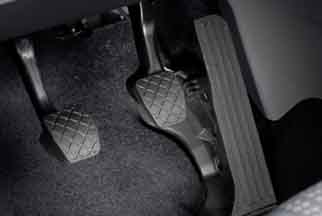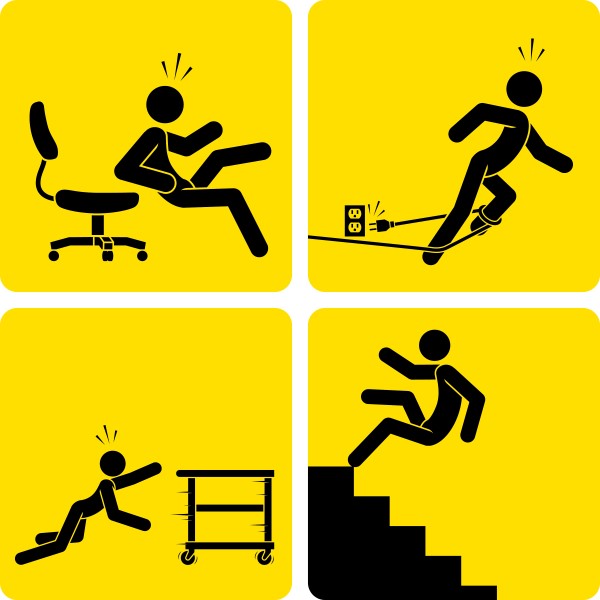When Toyota recalled 4.2 million vehicles last fall, it said it was because floor mats could possibly jam their gas pedals open and send cars zooming out of control. That may have been an issue, but now the company is saying its latest recall is linked to worn pedal mechanisms that increase friction in certain conditions and cause the accelerator to stick sometimes.
CED has recently gained a lot of attention with the Toyota recall. However, vehicles and the event of an accelerator throttle sticking is nothing new to CED. Before one can analyze whether there is a potential throttle-sticking issue that caused an accident, they should first determine whether the accelerator is mechanical or electronic.
Prior to 1996, when the patent was filed for the electronic throttle accelerator, most vehicles have what is called a mechanical throttle. A mechanical throttle is a pedal on the driver side of the interior that is connected to a throttle actuator and cruise control system on the engine. As the driver pressed down on the pedal the cable would move, increasing the throttle on the engine making the car go faster. CED has performed many investigations on mechanical throttles. Below is what an engineer typically looks for in the event of a throttle sticking accusation:
Pedal Inspection:
• Floor mats dislodged as an obstruction
• Worn carpeting that could cause interference
• Under dashboard obstructions such as wires, etc.
• Aftermarket modifications
Engine Inspection:
• Kinks in the cable
• Worn casings that house the cable
• The throttle actuator on the engine
• Cruise Control system
Once these potential causes are inspected, engineers can then make an assessment as to the cause of the accident or potential causation. For new models, most cars are equipped with what is called an electronic throttle or “throttle by wire”. The way this works in most cars is there is an electronic sensor on both the pedal and the engine. When the driver presses the pedal, the electronic via voltage change will send a message to the electronics on the engine telling the engine to go faster. In this case, the events are stored electronically and in some cases can be downloaded by CED engineers. CED has been involved in many cases where the events from the recorder have determined that the operator did not have a “sticky” accelerator, instead the operator stepped on the wrong pedal. Whether the issue is an electronic accelerator or mechanical accelerator, CED can help using technology and expertise.






